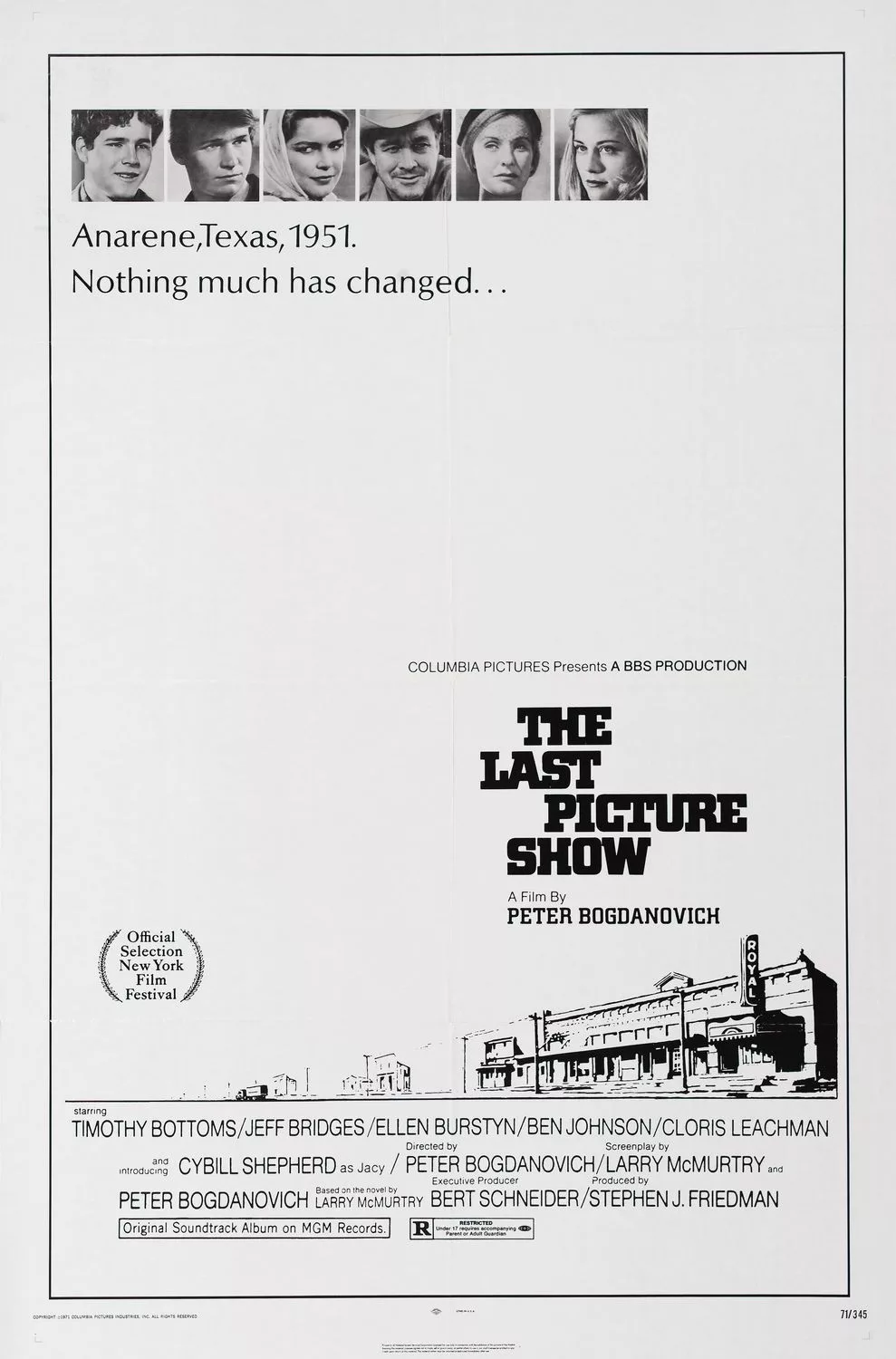There was something about going to the movies in the 1950s that will never be the same again. It was the decade of the last gasp of the great American movie-going habit, and before my eyes in the middle 1950s the Saturday kiddie matinee died a lingering death at the Princess Theater on Main Street in Urbana. For five or six years of my life (the years between when I was old enough to go alone, and when TV came to town) Saturday afternoon at the Princess was a descent into a dark magical cave that smelled of Jujubes, melted Dreamsicles, and Crisco in the popcorn machine. It was probably on one of those Saturday afternoons that I formed my first critical opinion, deciding vaguely that there was something about John Wayne that set him apart from ordinary cowboys. The Princess was jammed to the walls with kids every Saturday afternoon, as it had been for years, but then TV came to town and within a year the Princess was no longer an institution. It survived into the early 1960s and then closed, to be reborn a few years later as the Cinema. The metallic taste of that word, cinema, explains what happened when you put it alongside the name “Princess.”
Peter Bogdanovich’s “The Last Picture Show” uses the closing of another theater on another Main Street as a motif to frame a great many things that happened to America in the early 1950s. The theater is the Royal, and along with the pool hall and the all-night cafe it supplies what little excitement and community survives in a little West Texas crossroads named Anarene.
All three are owned by Sam the Lion, who is just about the only self-sufficient and self-satisfied man in town. The others are infected by a general malaise, and engage in sexual infidelities partly to remind themselves they are alive. There isn’t much else to do in Anarene, no dreams worth dreaming, no new faces, not even a football team that can tackle worth a damn. The nourishing myth of the Western (“Wagon Master” and “Red River” are among the last offerings at the Royal) is being replaced by nervously hilarious TV programs out of the East, and defeated housewives are reassured they’re part of the “Strike It Rich” audience with a heart of gold.
Against this background, we meet two high school seniors named Sonny and Duane, who are the co-captains of the shameful football squad. We learn next to nothing about their home lives, but we hardly notice the omission because their real lives are lived in a pickup truck and a used Mercury. That was the way it was in high school in the 1950s, and probably always will be: A car was a mobile refuge from adults, frustration, and boredom. When people in their thirties say today that sexual liberation is pale compared to a little prayerful groping in the front seat, they are onto something.
During the year of the film’s action, the two boys more or less survive coming-of-age. They both fall in love with the school’s only beauty, a calculating charmer named Jacy who twists every boy in town around her little finger before taking this skill away with her to Dallas. Sonny breaks up with his gum-chewing girlfriend and has an unresolved affair with the coach’s wife, and Duane goes off to fight the Korean War. There are two deaths during the film’s year, but no babies are born, and Bogdanovich’s final pan shot along Main Street curiously seems to turn it from a real location (which it is) into a half-remembered backdrop from an old movie. “The Last Picture Show” is a great deal more complex than it might at first seem, and this shot suggests something of its buried structure. Every detail of clothing, behavior, background music, and decor is exactly right for 1951 — but that still doesn’t explain the movie’s mystery.
Mike Nichols’s “Carnal Knowledge” began with 1949, and yet felt modern. Bogdanovich has been infinitely more subtle in giving his film not only the decor of 1951, but the visual style of a movie that might have been shot in 1951. The montage of cutaway shots at the Christmas dance; the use of an insert of Sonny’s foot on the accelerator; the lighting and black-and-white photography of real locations as if they were sets — everything forms a stylistic whole that works. It isn’t just a matter of putting in Jo Stafford and Hank Williams.
“The Last Picture Show” has been described as an evocation of the classic Hollywood narrative film. It is more than that; it is a belated entry in that age — the best film of 1951, you might say. Using period songs and decor to create nostalgia is familiar enough, but to tunnel down to the visual level and get that right, too, and in a way that will affect audiences even if they aren’t aware how, is one hell of a directing accomplishment. Movies create our dreams as well as reflect them, and when we lose the movies we lose the dreams. I wonder if Bogdanovich’s film doesn’t at last explain what it was that Pauline Kael, and a lot of the rest of us, lost at the movies.



















